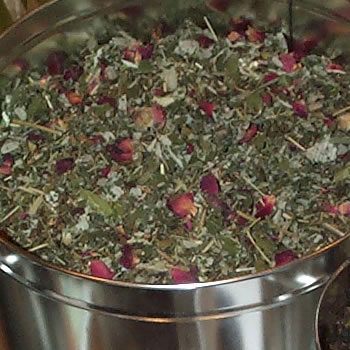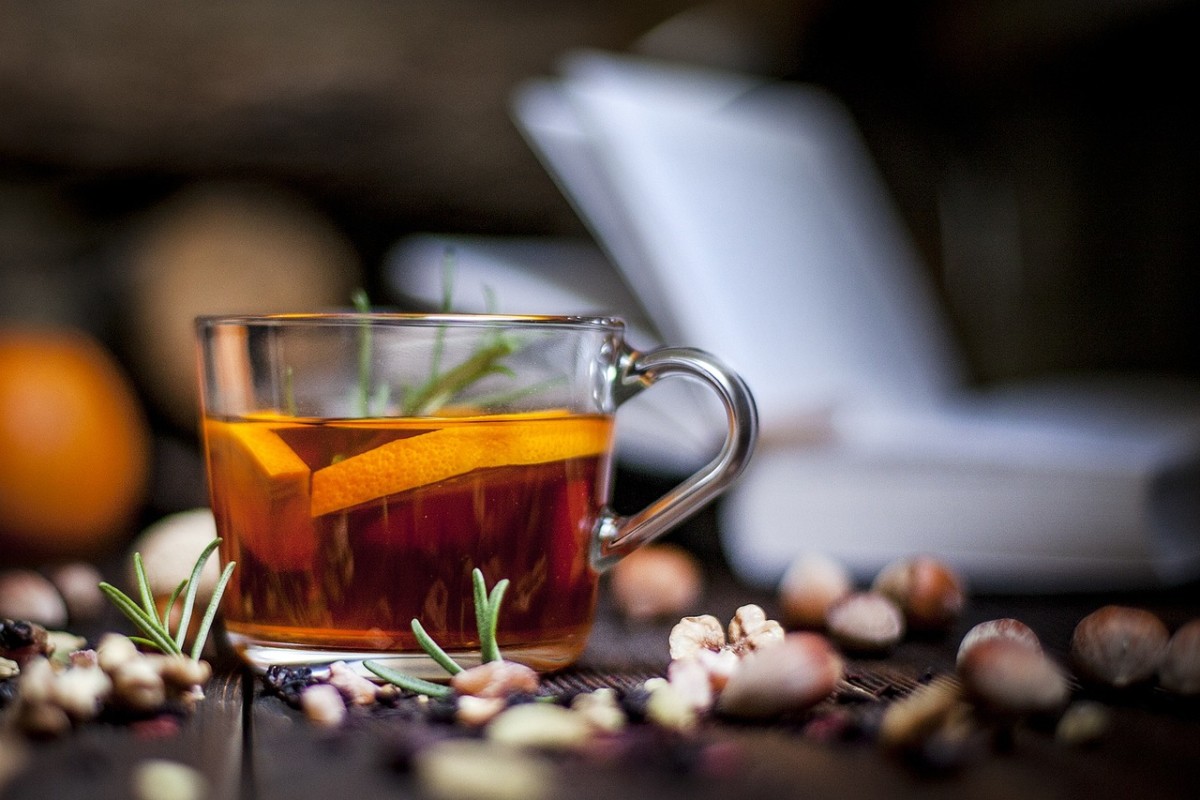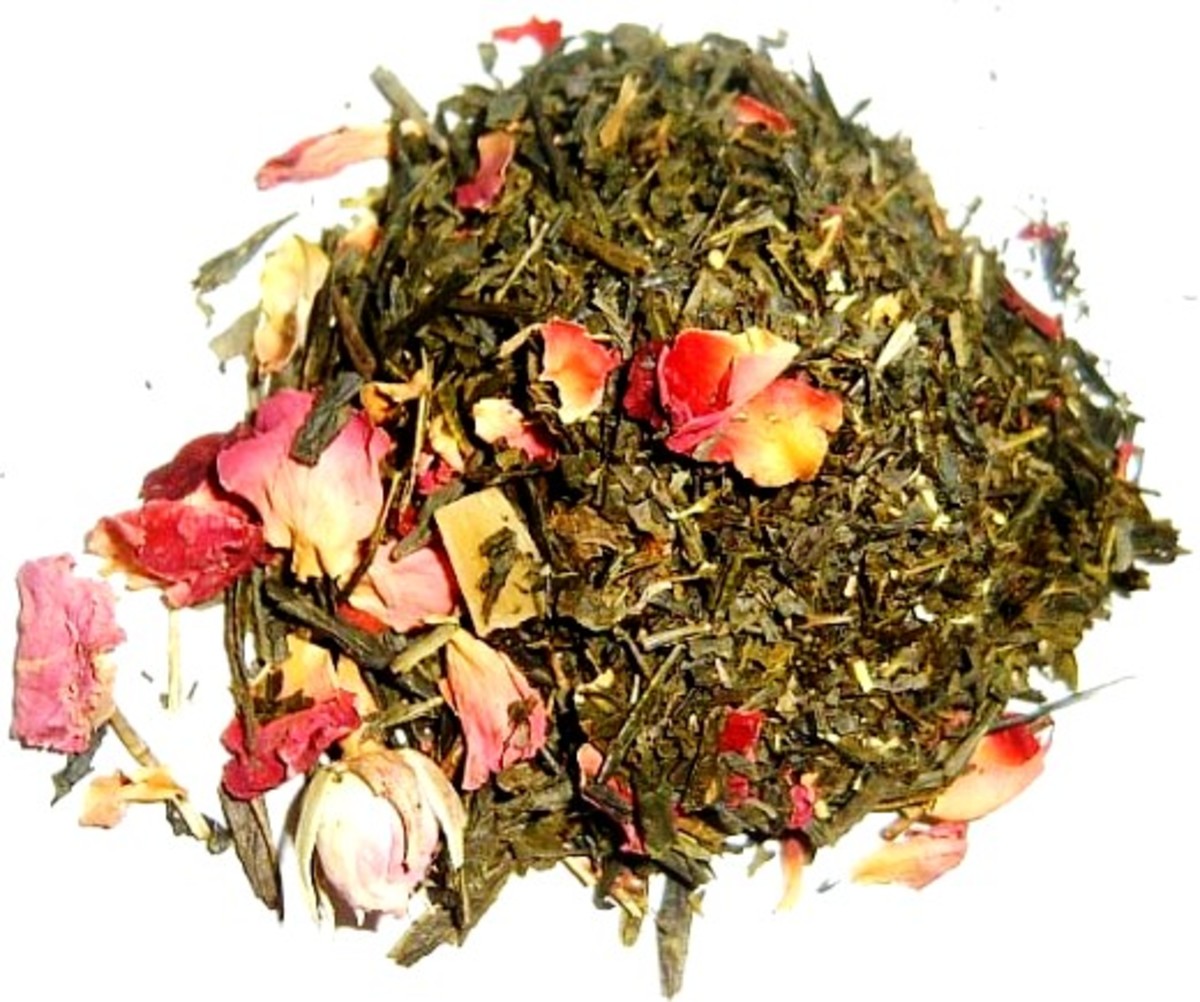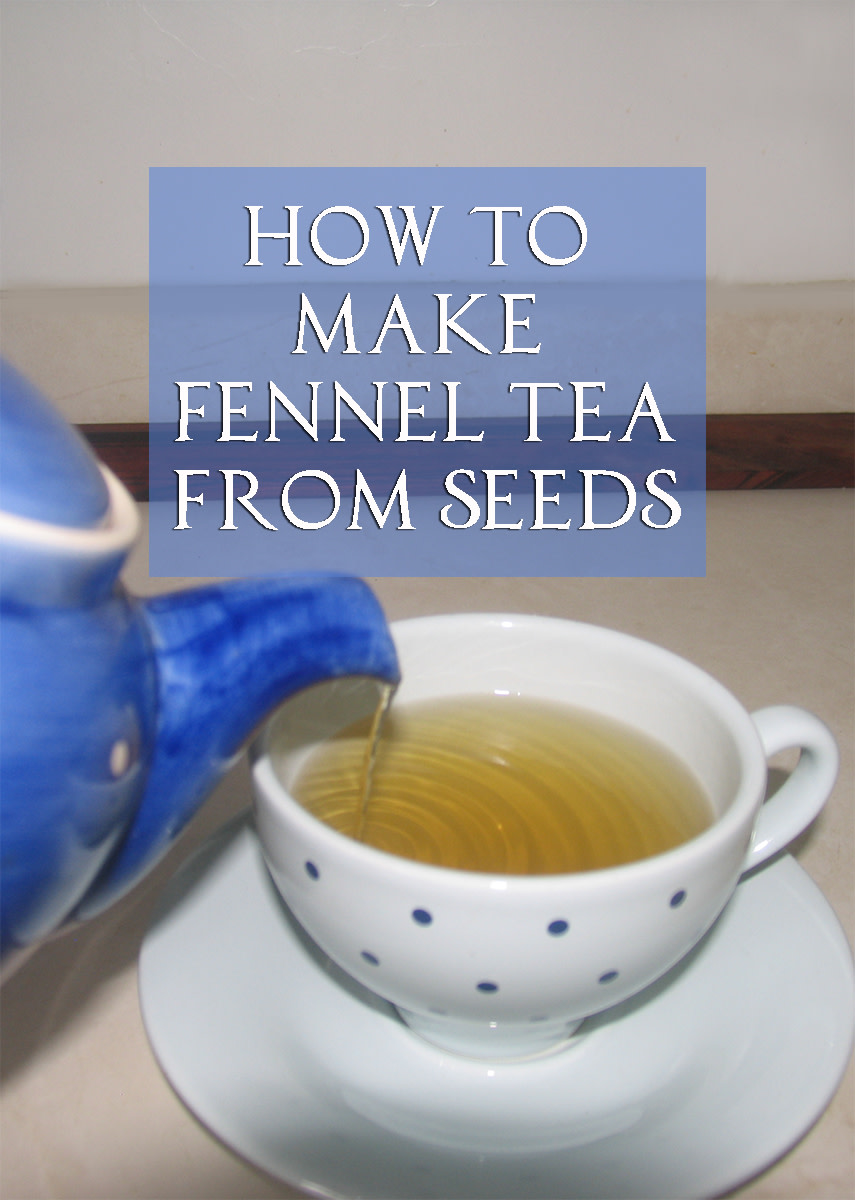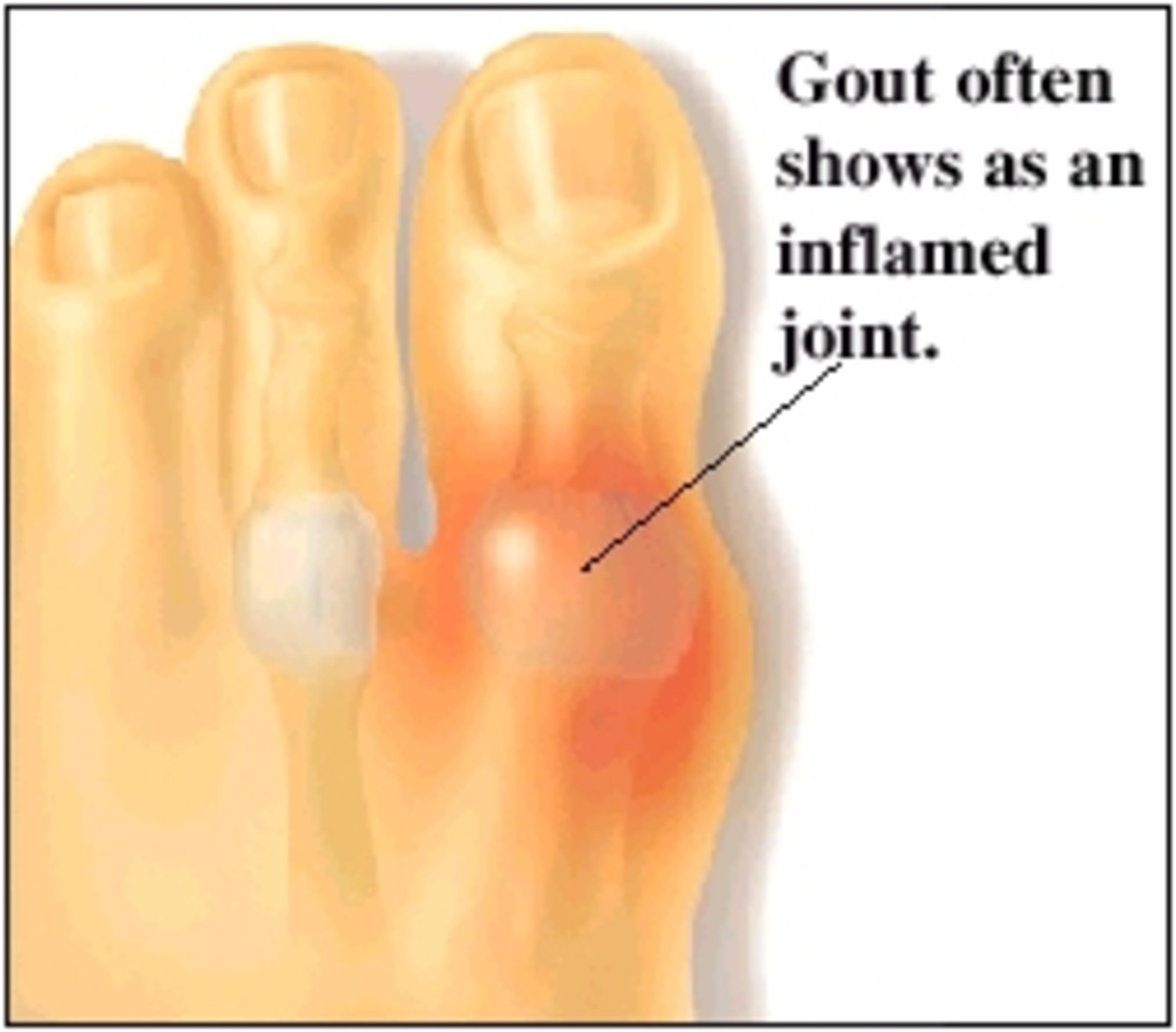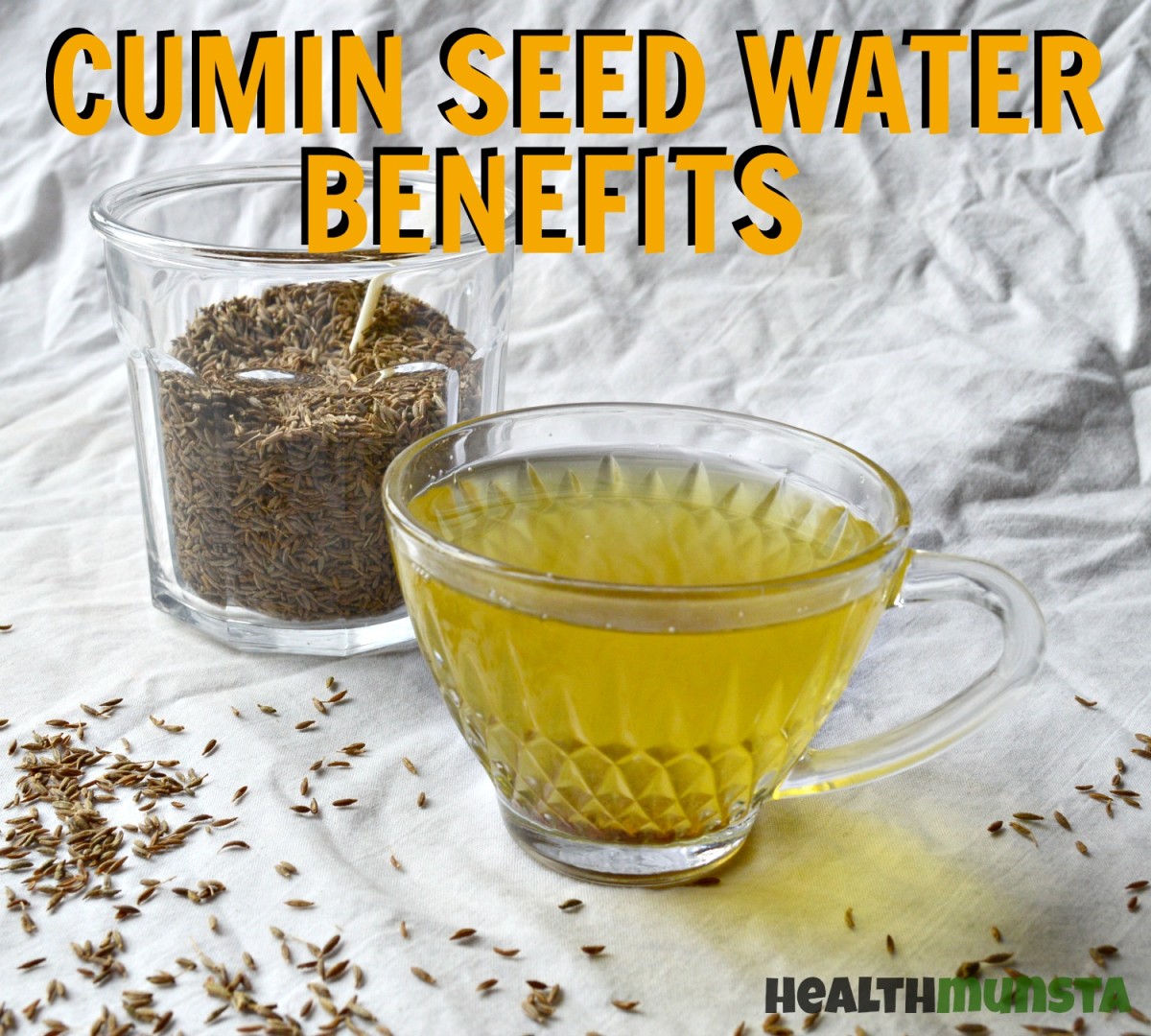- HubPages»
- Health»
- Alternative & Natural Medicine»
- Herbal Remedies
The Benefits of Drinking Tea Everyday
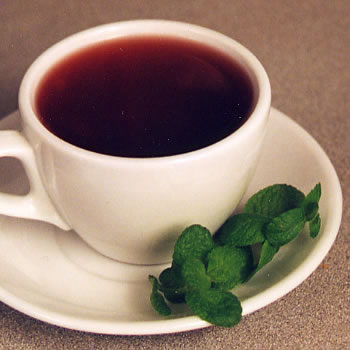
The secrets of tea
Tea is a beverage made from the processed leaf of a plant whose Latin name is: Camellia sinensis. Some of us who have existed for quite a long time in the tea industry still call it by its now outdated name of Thea sinensis. But Thea or Camellia makes little difference; it's what comes out of the tea pot that's of importance. The exact processing of the leaf is described in another region of THE TEA GUY, so please make reference to that section for details.
Tea is a very mild stimulant, a stimulant, since it contains caffeine. It features fewer miligrams of caffeine per equivalent-sized cup than does java, but more than hot chocolate. Tea contains small quantities of tannic compounds technically called polyphenols (not tannic acid used in tanning leather), vitamin A, B2, C, D, K, and P, plus a number of minerals in trace amounts as well as aromatic oils. The tannin compounds and essential oils are, in the main, responsible for the flavor of tea, the color, the astringency (dryness), and the delightful aromatics. These last two materials or compounds join forces to create the high, medium and base notes of tea that one experiences (these are further described in the section of the website dealing with "How We Taste Tea"). All tea evaluation comes out where in the world the tea is grown or basically the same regardless of the assortment. It's in the well-developed palate of tea devotees this selection of goodness is permitted to rest its case.
Tea is, for the most part, beneficial to humans; nevertheless, individuals can abuse tea by drinking too much of it or making it too powerful. As we ingest, restraint and moderation are watchwords.
Types of Tea
In the tea sector, tea is defined as the dehydrated processed leaves of Camellia sinensis, or Thea sinesis. The China sort tea plant usually grows nicely at higher altitudes and has small leaves. The Assam or India type has larger leaves and cultivates best at lower levels. The Hybrid drops somewhere in between the India and China types.
There are four important types of tea: Black, Green, White and Oolong. Interestingly, all these teas come from the raw leaves of the same tea plant, Camellia sinensis. What distinguishes each category is the procedure when processing the tea leaves used. How the leaves are processed-steamed, fermented (oxidized), dried, or bruised-gives the tea the exceptional features of its type.
Tea spin offs, for example blended, flavored or scented teas, are created using one of the four major sorts of tea. Tossing jasmine flowers with either black or green tea makes a scented tea like jasmine tea. A flavored tea like Earl Grey is mainly the combination of a black tea that is strong and bergamot oil. English Breakfast tea is typically a mix of distinct black tea leaves from India and Sri Lanka.
One term that is become part of our regular lingo is "herbal tea." You might be wondering how a tea can be herbal, since you now realize that tea only comes from the tea plant Camellia sinensis. It CAn't be. A goods must be either herbal or tea -based. To herbal infusions, drinks made out of herbs or blossom parts rather than tea in many instances are referred in the tea business, or as tisanes.
TEA PRODUCTION AND PROCESSING
The evergreen tea plant, also referred to as Camellia Assamica or Camellia Sinensis, comes in the genus Camellia, which dates back before the great ice age. The tea tree can grow as tall as 60 feet, depending on the climate if left wild. There's a1700 -year old tea tree in the Yunnan Province of China that stands over 100 feet tall.
Today, the tea plant, also called the "tea bush," is pruned and picked, and its height is kept at about three feet. This tea bush is the standard for most of today's tea cultivation because of its richer and fuller leaves. You will find even some people that say that tea is the earliest cultivated plant, having been nurtured for over 1000 years.
Affecting the thousands of varieties of tea are variants including elevation, soil and weather. Some teas crave high mountains and mist that is cool, but others grow in lower terrain. Most superior quality teas grow at higher altitudes, where mountain mist and dew protect the plants from direct sunshine. This humidity helps shield the leaves during the cycle of each day, maintaining a temperature that allows the leaves and buds to grow and grow at a slower pace.
Besides factors such as geography and climate, the fate of tea can also be influenced by human touch. If the leaves are immediately dried and then heated (steamed) or fired, the tea leaves remain green, retaining the distinctive flavors and health benefits green teas are known for.
In between these two points lie the fine oolong teas, which are partly oxidized. Tea leaves become oxidized when they are spread out in a cool place and left to absorb oxygen. The longer the leaves are left to wither, the more oxygen they absorb and the darker their colour becomes. Consequently, black tea is fully oxidized. Many of these teas are also rolled and shaped, creating tastes, various styles and grades. This process also adds to the singularity of the ultimate product and is viewed as the "art of tea." During these refinements, the precious entire leaves are removed from lower quality tea dust and fannings. Sadly, much of the tea we are exposed to is made from these leftovers. After you have experienced a real cup of tea, the more challenging it is to drink flavored teas and tea dust.
HEALTH BENEFITS:
Tea does not only taste great, it is good for you!
Most people have experienced the delight of a tasty cup of hot tea on a cold damp day or the refreshing lift of a thirst quenching glass of iced tea on a hot humid afternoon. But beyond flavor that is fantastic, a cup of tea is advantageous to your health. Numerous books and articles have been written about tea's health benefits, some in depth and some in straightforward terms. But the important thing is, studies have demonstrated tea promotes good health in the next manners:
Tea can additionally help boost your defense mechanisms.
Specific polyphenols including catechins, found naturally in tea, may have even stronger antioxidant properties than vegetables and many fruits. Again, antioxidants are believed to neutralize free radicals that scientists believe play a role in development of certain kinds of cancer and cardiovascular disease.
Tea is, in addition, rich in fluoride, and contains roughly exactly the same amount as fluoridated water.
Fluoride can also be crucial for keeping your bones healthy and strong.
Eventually, drinking tea leads to maintaining your daily fluid balance.
HEALTH HAZARDS:
The health hazards of excessive tea drinking are looked down upon by corporates, some of whom cultivate venomous customs for profit. It really is believed that a billion cups of tea is a day globally.
In order to determine the awful effects of tea on our health, it'd be essential to examine the chemical makeup of it.
The awful effects of excessive tea drinking are brought on by caffeine, alkaloids, tannin and aromatic oils. During the preparation of tea, the tannin forces not the caffein out, more swiftly than the infusion. And greater the time of infusion, the greater the amount of tannin and caffeine forced out. This goes to demonstrate that tea isn't a good beverage. But when milk and sugar are added, there will at least be some nutrients and never merely tea leaves.
Corporate tricks
He asserts that it impedes the digestion process, creates gas, diarrhoea and constipation. Pee increases by 400 to 500 per cent. The kidneys can be also damaged by tea drinking that is excessive. Caffeine even influences respiratory and heart function. The blood sugar level is also understood to soar. All this goes to prove that a lot of tea causes indigestion, over excites the nervous system and causes palpitations.
There are two sides to the tea coin the commercial interests of corporations often mislead the masses with advice that is wrong through various ad campaigns. It readily fools the unsuspecting consumer. No one seems to enlighten individuals about the awful effects of excessive tea drinking.
